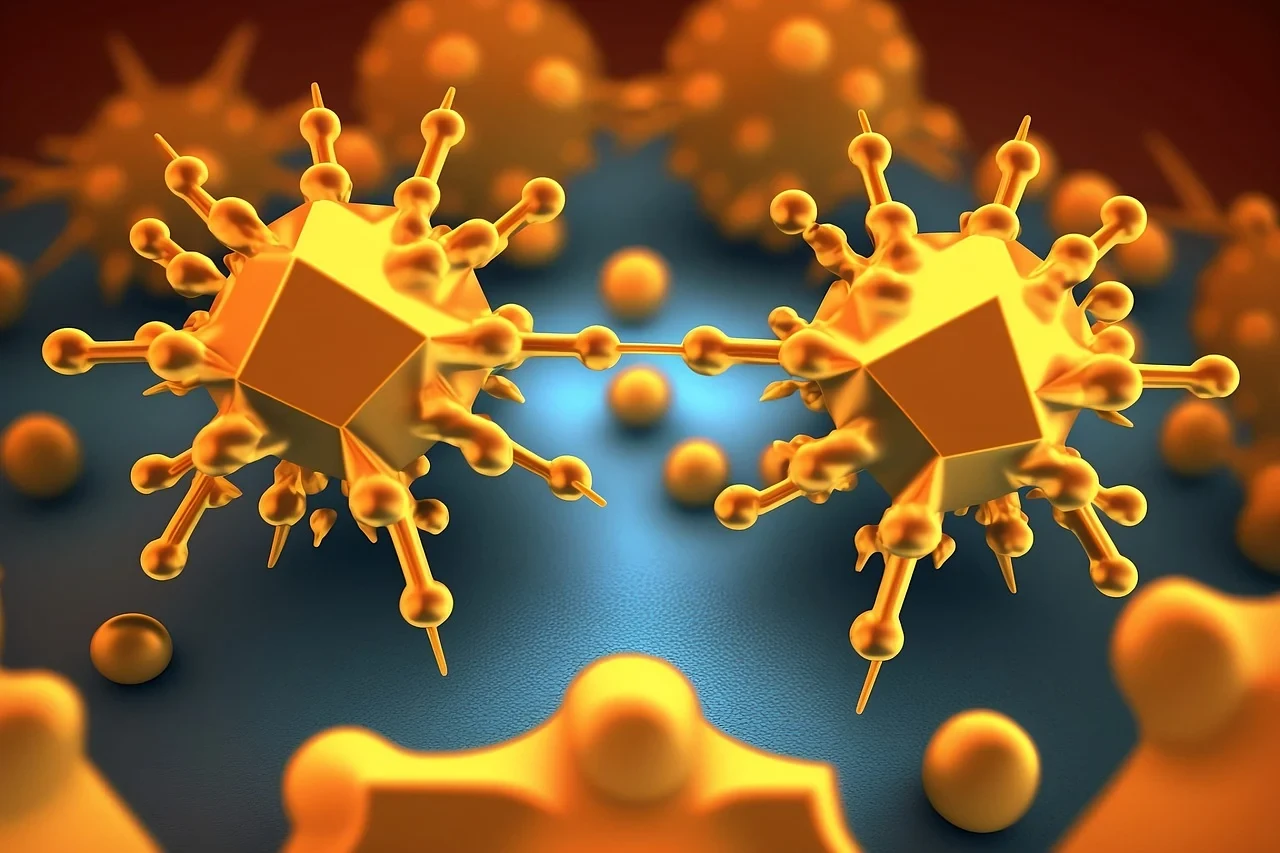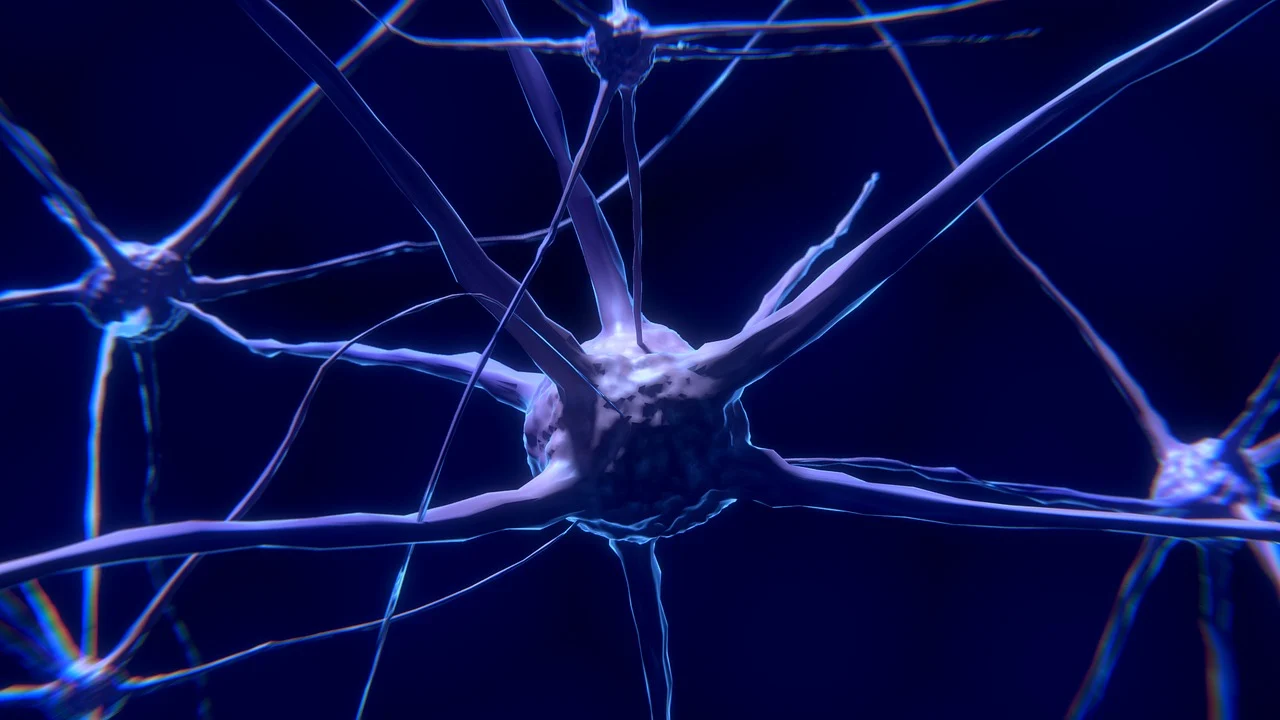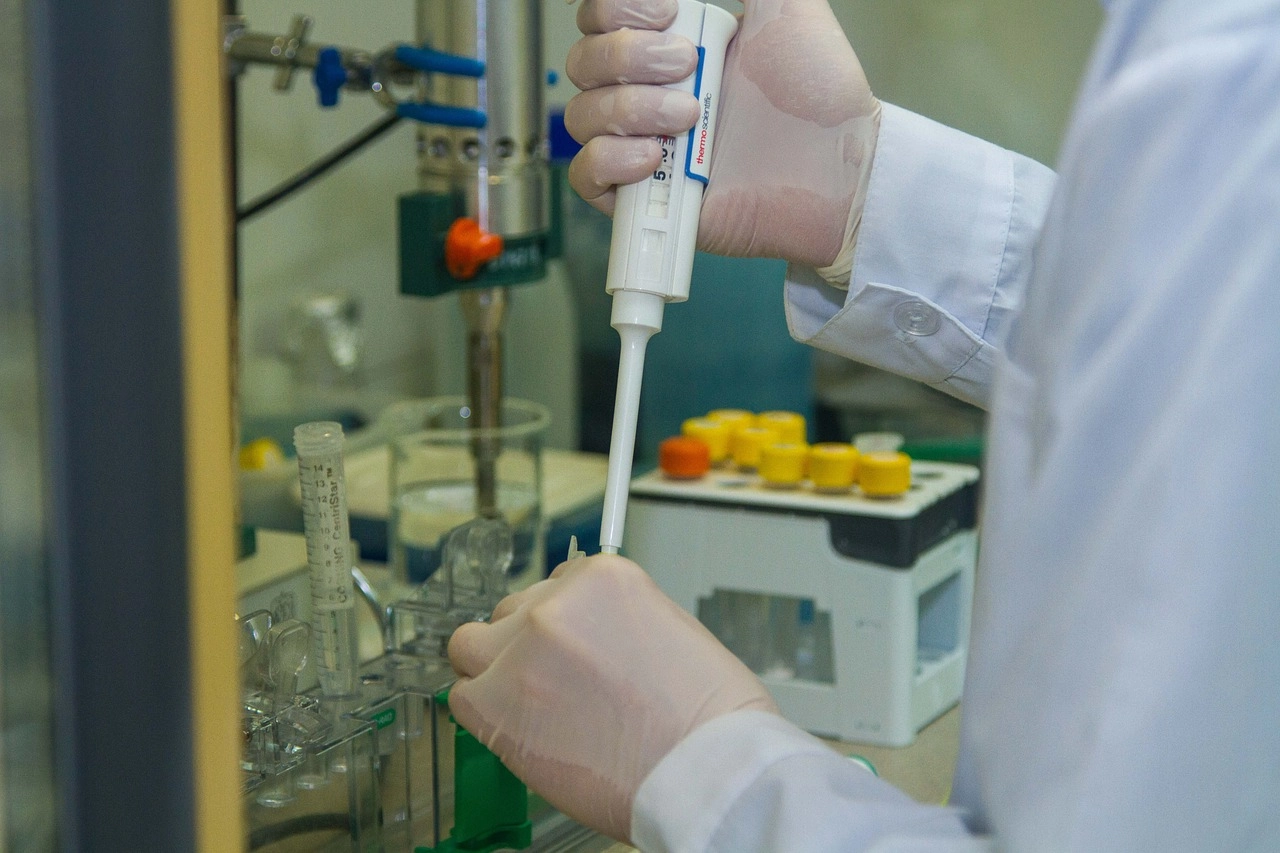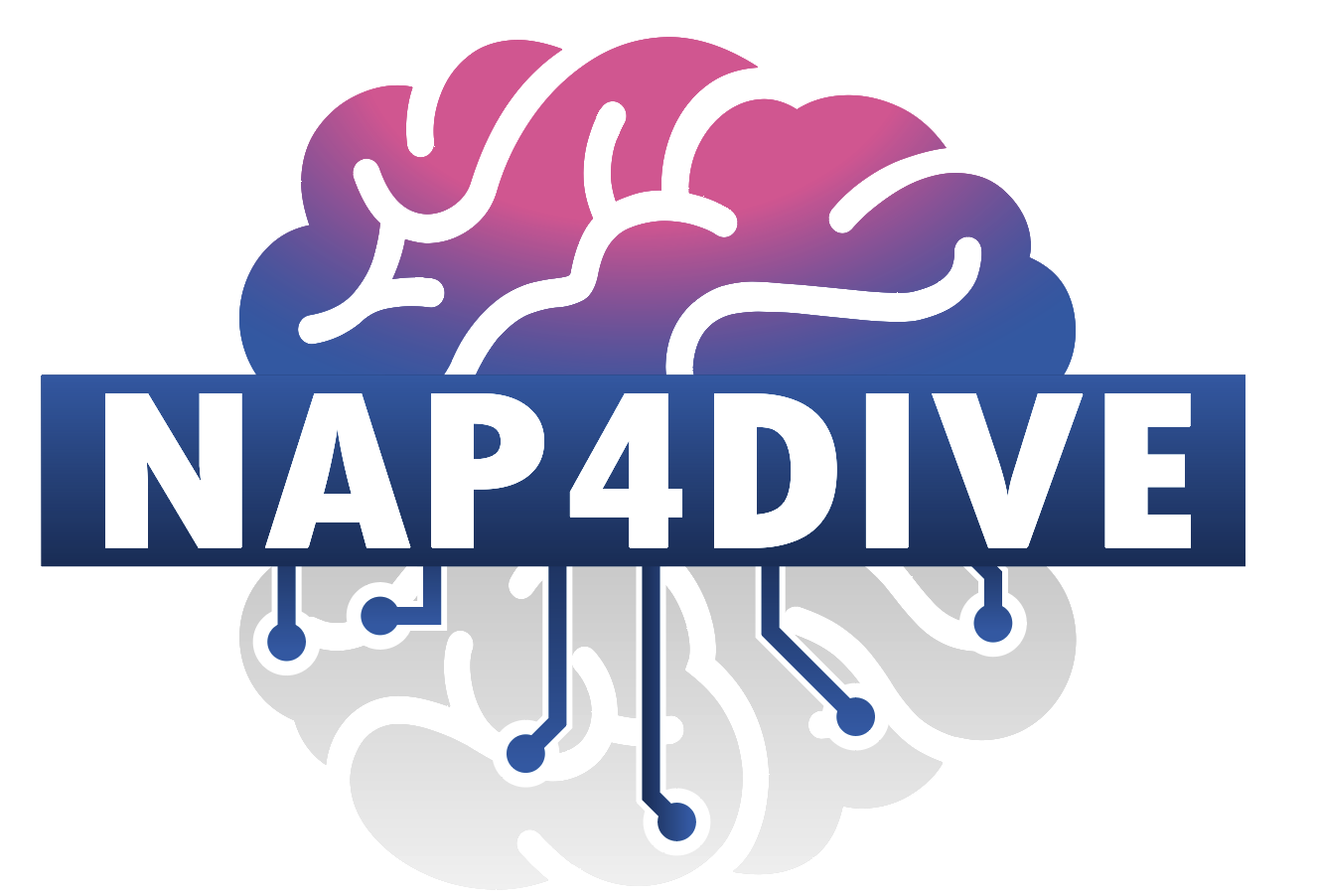Nanoparticle delivery across the blood-brain-barrier: Project NAP4DIVE
Author
Christa Ivanova
Publication Date
Keywords
Drug Development
nanoparticle delivery
BBB-on-a-chip
Non-animal models
CNS diseases
Your microfluidic SME partner for Horizon Europe
We take care of microfluidic engineering, work on valorization and optimize the proposal with you
Nanoparticle delivery for drug development

Treating diseases that affect the brain and the central nervous system (CNS) in general, is often hindered by the blood-brain-barrier (BBB).
Conditions like Parkinson’s, Alzheimer’s, Schizophrenia and brain cancer affect 180 million Europeans but only less than 5% of current drug candidates can effectively reach the brain.
The BBB is an important mechanism that defends the brain against harmful substances, germs and other things that could cause damage. It is built from a layer of tightly interlocked cells and is a key part of maintaining brain health. This mechanism of protection becomes hindering when substances that are meant to treat the brain cells cannot pass the barrier. This project will focus on nanoparticle delivery throught the BBB to facilitate the development of novel treatment options for brain diseases.
The project in a nutshell
Project NAP4DIVE will develop non-animal alternatives for testing and predicting nanoparticle-based drug delivery across the human BBB. Nanoparticles are used in targeted drug delivery acting as stability enhancers, to increase bioavailability, biodistribution and accumulation of the therapeutics specifically in the targeted area.
Different types of nanoparticles will be tested throughout the project, including but not limited to lipid nanoparticles, polymer nanoparticles and metal-core nanoparticles.

The nanoparticle delivery across the BBB will be studied in laboratory conditions in an in-vitro microfluidic BBB-on-chip model. Organ-on-chip systems are becoming more and more important for the study of cellular processes without the need of using animal models. The European commission strives to advance the development of such systems and models with the aim to reduce animal suffering. In addition, results obtained through animal studies often diverge from results in human studies, making the models less reliable.

NAP4DIVE will revolutionize the traditionally expensive and inefficient drug development process for diseases affecting the CNS by developing two complementary non-animal tools: the aforementioned high-throughput BBB-on-chip and a complementary in silico model based on machine-learning (“NP Design Simulator”), that will help predict the best suited nanoparticles for BBB delivery.
The characterization data will then be gathered in a digital repository and will be made publicly available. The nanoparticle designs which seem to be the most promising will be tested in vitro on the microfluidic BBB-on-chip system, measuring barrier integrity and validated through comparison with clinical and pre-clinical data by the pharmaceutical partner in the consortium.
Microfluidics for nanoparticle delivery
NAP4DIVE relies on an in vitro BBB model for the validation of novel nanoparticle designs before testing them in established animal models. To develop a fully functioning BBB-on-chip system will require the expertise of several project partners, notably Finnadvance (now Akita) and the MIC.
Whereas Finnadvance will focus on the development of the cell culture and the BBB structure for the study of nanoparticle delivery, the MIC will have the responsibility to develop a fluidic system to supplement the cells and to inject the nanoparticle formulations to be tested. For this task, the two companies will work closely with the consortium to determine the best culture and testing conditions.

Conclusion
Establishing novel pathways for the development of safe drug candidates to treat diseases of the CNS will offer new treatment options and addresses one of the most pressing healthcare challenges of the century. In addition to the identification of novel drug candidates, NAP4DIVE will reduce animal use in CNS drug development and lead to an overall reduction of cost. By the end of the 4-year project, market-readiness and cost-effectiveness of the tools will be demonstrated and an extensive ethical assessment will analyze harm- and cost reduction.
This project has received funding from the European Union’s Horizon research and innovation program under HORIZON-HLTH-2024-TOOL-05-two-stage, Grant agreement number 101155875 (NAP4DIVE).
Start date: 1 January 2025
End date: 31 December 2028
EU contribution: € 7 767 276,26


Check our Projects
FAQ – Nanoparticle delivery across blood-brain barrier - NAP4DIVE
What is the issue that NAP4DIVE is attempting to address?
The most important barrier to CNS therapies is the blood-brain barrier (BBB). Although Europe has a massive disease burden, estimated to be 180 million affected by the diseases, including Alzheimer’s, Parkinson’s, schizophrenia, and brain cancers, less than 5% of drug candidates ever make it to the brain at therapeutic levels. NAP4DIVE directly fills that gap through nanoparticle design and testing informed by the biology of the human BBB.
What is this NAP4DIVE approach?
Two tools to be used together, complementary to each other:
A high-throughput BBB-on-chip platform (an in-vitro, microfluidic model of a human BBB), and an artificial intelligence-based machine-learning NP Design Simulator to determine the nanoparticle formulations with the highest probability of activation across the BBB without undue harm.
Experiments consist of predictions and experimental readouts. That iteration speeds up selection and scales up, and is de-risked.
What is the rationale for the in vitro use of the BBB-on-chip instead of animal models?
Since animal BBB responses are not typically aligned with human data, the time/cost footprint is substantial. The organ-on-chip pathway provides you with regulated shear stress and human cell interfaces together with readouts of reproducible barriers, and significantly reduces the use of animals. It iterates more quickly, organization space is cheaper, and it is closer to the target physiology.
Which are the families of nanoparticles that are scoped?
A number of nanoparticle classes to be screened in the project include lipid nanoparticles, polymer nanoparticles, and metal-core nanoparticles. The various levers that can be systematically probed by the simulator and the chip for each class are stability, surface chemistry, size/shape distributions, and targeting ligands.
What is the role played by the Microfluidics Innovation Center (MIC)? in comparison with biology on static gels?
MIC designs the fluidic system, which feeds the cells under control, imposes controlled flow and shear forces, and injects well-characterized nanoparticle formulations. Consider it the chip’s circulation system: strong perfusion, accurate dosing, and controls that make experiments reproducible. MIC also assists in setting the test conditions and throughput with the consortium.
What are the most important partners in the biological sphere?
The development of the BBB cell culture and barrier architecture on which the chip is fabricated was pioneered by Finnadvance, which is currently known as Akita. MIC and Akita are developed shoulder-to-shoulder, so that biological fidelity and fluidic realism develop together.
What are the outputs of the data and models generated?
Characterization information will be stored in a digital warehouse accessible to everyone. The nanoparticle designs that have the greatest potential are then tested on the BBB-on-chip and cross-validated against clinical and pre-clinical datasets provided by the pharma partner – the evidence chain is visible and above board.
Is NAP4DIVE financed, and by what date?
The European Union supports NAP4DIVE through Grant Agreement No. 101155875 under the HORIZON-HLTH-2024-TOOL-05 (two-stage) topic.
Start date: 1 January 2025
End date: 31 December 2028
EU contribution: EUR7,767,276.26
At the conclusion of the 4-year program, the team aims for market-readiness, demonstrating cost-efficiency analysis and a specific ethical evaluation that considers harm and cost reduction.
What is the shortening of the route of CNS drug candidates with this project?
By eliminating the trial-and-error approach to design. The simulator reduces the search area; the chip narrows down winning candidates based on human-significant flow and barrier conditions. Their joint efforts reduce experimental cycles and assist in the prioritization of the effective and manufacturable candidates, or in other words, what the pharma teams require prior to the costly IND-enabling research.
I am developing a Horizon Europe consortium- where should MIC be placed outside this project?
MIC is a microfluidics SME specializing in regularly participating in EU consortia to provide hardware, automation, and measurement components for complex bioassays. We prepare offers together, model work packages based on prototype deliverables, and risk-proof manufacturable designs. Consortia incorporating MIC prototype-first model usually claim success rates that are twice the official baseline at similar calls- a trend we put down to obvious technical way, believable milestones, and early demonstrators.
Does MIC assist in the delivery of non-BBB or nanoparticles?
Yes. Our products include organ-on-chip systems, bespoke flow/pressure/oxygenation systems, high throughput screening systems, sensorized microfluidic systems, and chem/bio. If your project requires microfabrication, controlled perfusion, or stable automation under realistic shear and mass-transfer conditions, that is our day-to-day business.